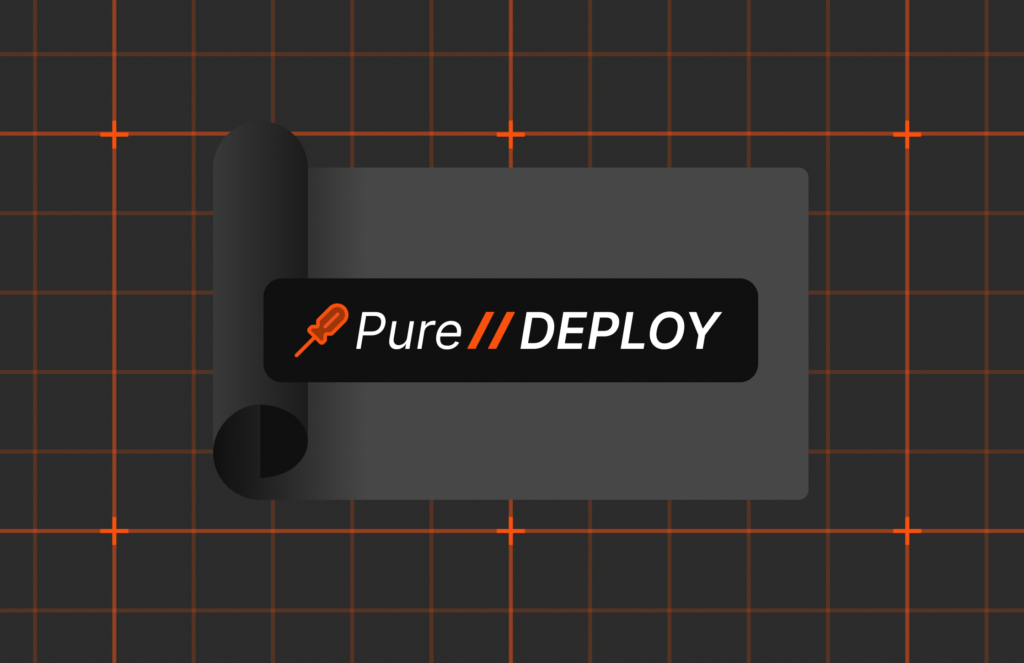Summary
AI models are only as reliable as the data that is used to train them. Clean data can help deliver better results faster, but having the right data infrastructure to support it will also be key.
History shows that new technology breakthroughs are hyped to the heavens when they launch. But then, dreams are replaced with reality when the complications and constraints of actually using the tech appear. Such is the case with artificial intelligence (AI).
One of the reality checks for would-be AI adopters is poor data hygiene—meaning that the data with which AI models are trained simply isn’t ready for use. The reasons are many: Data collection, management, and governance might have been inconsistent over the years. Perhaps data from numerous disparate sources needs to be unified. Or maybe many years’ worth of data was created by legacy systems that present their own data-hygiene challenges.
How and where you store data can have an outside impact on data hygiene—which in turn has a big impact on your AI strategy. This means rethinking data infrastructure and moving beyond the (outdated) idea that data storage is just a place to store stuff. Succeeding in the AI game means data infrastructure—not merely storage—is built for speed and access.
Regardless of the reasons for poor data hygiene, data needs a deep cleaning if you expect any kind of useful AI results. Data hygiene actually has an outsized role to play in the success of AI, since AI models are only as reliable as the data used to train them. Investments in data hygiene can help produce stronger, more effective models that produce results more quickly, as well as saving AI analysts’ time for painful retraining and re-dos later.
In short, organizations need to get their data houses in order first.
7 Symptoms of Poor Data Hygiene
Unfortunately, there are many ways that data can be rendered “unhygienic”:
- Redundancy: Identical records, matching records with inconsistent values, and overlapping unstructured data will all increase the processing workload and may produce unwanted results.
- Inaccuracy: Obviously, inaccurate or incorrect data will skew an AI model if enough is ingested. The data could be outdated, incorrectly entered, or inaccurately labeled.
- Data bloat: AI models are notoriously compute-intensive, so much so that huge new hardware investments are being undertaken to support them. Models that must operate in real time with low latency can push hardware even further. Data loads without deduplication, and that include redundant data, will slow down processing, impede future agility, and may even directly increase costs if a usage-based provider is being used to process AI training or requests.
- Incompleteness: Sloppy collection practices, or gaps in collection, may cause data to be useless without remediation.
- Mismatched formatting: Organizations with legacy data may have compiled it in formats or applications that are no longer in use, thus requiring extra processing. Another problem: The raw data generated by IoT endpoints may need to be labeled to provide needed context. Data may also be spread across fields inconsistently, requiring reformatting.
- Incompatible structure: These days, much of the data used to train AI models is unstructured data that may include images, video, or audio (including speech). This data may need to be edited or processed to be readied for AI training.
- Compliance: This may dictate which data types can be used and how it must be handled, potentially putting a damper on certain AI projects or adding additional steps to others.
Note: While this is focused only on data, check back later for a blog on metadata uses and cleanliness.
How to Tidy Up Your Dirty Data
Get data squeaky clean with these best practices:
- Auditing: Data auditing is usually the first step in any data cleansing process. Before auditing, assess the quality of your data and create a realistic baseline of your company’s data hygiene. (Moderately dirty or truly unhygienic?) The audit process involves examining IT infrastructure and processes to see where proprietary data lives, how it’s used, and how often it’s updated.
- Compliance: Define policies as to the data you collect and why, especially if the data comes from customers. The process should include creation of data retention and removal policies. This makes data hygiene much easier: If data is past the retention date, it should be purged.
- Governance: Data governance is the collection of processes, roles, policies, standards, and metrics for the effective and efficient use of information. Like compliance standards, data governance sets specific standards to improve data hygiene—such as who can take what action on which data types, in what situations, and using which methods.
- Automation: By automating your data quality-related processes, hygiene is improved in the background. Data is updated frequently so that it’s always up to date and correct. Data cleansing systems can use algorithms to detect anomalies and identify outliers resulting from human error, as well as scrub your databases for duplicate records.
What Does Clean Data Look Like?
When data’s hygiene problems are remediated, here’s how it looks and acts. Data becomes:
- Timely: Created, maintained, and available immediately
- Concise: No extraneous information
- Consistent: No conflicts in information within or between systems
- Accurate: Correct, precise, and up to date
- Complete: All possible data needed is present
- Conformant: Stored in a standardized format
- Valid: Authentic and from known, authoritative sources
Give Data Infrastructure a Rethink
With the Pure Storage platform, organizations can embrace a new transformative approach to deploying, scaling, and managing data intelligently—perfectly designed for AI. Pure Storage is taking a significant step forward to assist customers on their transformational AI journeys, expanding the Pure Storage platform with advanced automation, intelligence, reliability, SLAs, and security features, setting new industry standards and delivering unmatched value to our customers. It’s a fundamental rethink of storage.

ANALYST REPORT,
Top Storage Recommendations
to Support Generative AI
Future-proof and Accelerate AI Results
Unlock the potential of your AI initiatives.








